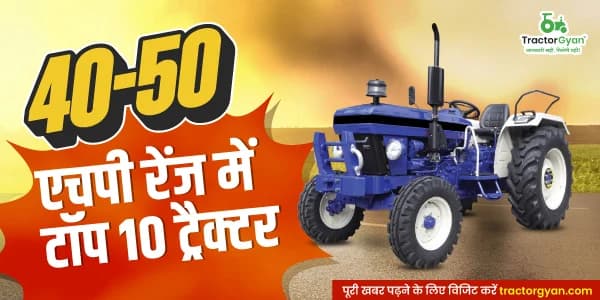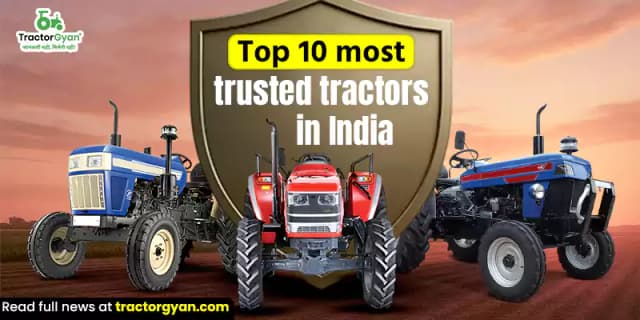Intensive Farming Maximizes Crop Yield with Modern Techniques
टेबल ऑफ कंटेंट
Based on an analysis of growing conditions, intensive farming is essentially the modernisation of agriculture. It uses a mechanised system like advanced tractors including Sonalika DI 745 III Sikander and Swaraj 855 FE that maximises production from available per unit of land. Intensive agriculture includes increased use of:
-
pesticides and chemical fertilisers
-
better irrigation techniques
-
plant growth regulators
-
advanced machines
-
crop rotation
Large-scale agricultural and animal production under intensive or industrial agriculture maximises output and efficiency.
One such distressing example is industrial hog farms, in which female pigs are used to increase the business of some greedy people. The motive behind this intensive farming is money. Let's discuss intensive farming in detail.
Intensive Farming Examples
Different forms of intensive farming are prevalent worldwide. Some of the examples of intensive farming are:
-
Greenhouse farming is where plants are grown in a controlled environment to maximise the growth of certain crops.
-
Aquaculture in which fish and other aquatic animals are reared in artificial setups.
-
Dairy and poultry farming are done along with agriculture practices to earn more profits.
-
Hydroponics, where plants are grown in nutrient-rich water solutions without the involvement of soil.
-
High-yield crop farming uses modern machinery like New Holland 3630 TX Special Edition tractors, chemical fertilisers, HYV seeds, pesticides, etc.
Features of Intensive Farming
Intensive farming uses several approaches and inputs to maximise the output from the given land. Key features of intensive agriculture are:
-
Intensive farming usually uses inputs such as chemical fertilisers, insecticides, and herbicides to reach great yields.
-
Modern farming equipment, machinery, and occasionally even automation and computer technology such as drones are used to monitor and control farming conditions.
-
High yields are attained from a rather less land area. This runs counter to extensive farming, which takes advantage of reduced input and production per acre over vast tracts of land.
-
Rather than a range of produce, farms can concentrate on one crop or livestock. This focus raises output and efficiency.
-
Commonly employed are genetically modified organisms (GMOs) or specially grown crops and livestock meant to provide increased output using high-yield variances (HYV).
-
Instead of depending on natural rainfall, intensive agriculture uses artificial irrigation systems.
Advantages of Intensive Farming
-
Food at Low Prices
Since farmers can produce more food on less land with fewer workers, food production costs drop. Farmers can pass on savings to consumers through low prices for their crops.
-
More Food Options
Concentrating on mass-producing a single crop or animal type increases food production. Large quantities of diverse foods are created. Some farmers focus on other food products while maximising market share.
-
High Crop Yield
Intensive farming uses monocultures, allowing for standardised planting, maintenance, and harvesting, resulting in higher yields at lower costs. It targets one type, ensuring consistent growth.
-
Technology Advances
Modern agricultural equipment targets one type of crop in the field. Current farming technology can mass-plant, irrigate, and harvest a single crop. These innovations have increased job opportunities, lowered food prices, and boosted urbanisation.
Disadvantages of Intensive Farming
Here are the key drawbacks of intensive farming:
-
Environmental Hazards
Due to the excessive use of animals in intensive farming, the waste produced by these large populations increases the earth's pollution in different forms. Their waste also leads to the evolution of harmful gases responsible for the greenhouse effect.
-
Excessive Use of Agrochemicals
Intensive farming uses fertilisers, pesticides, and herbicides in large quantities to increase yield in agriculture, which is not good for the environment or human life.
-
Adverse Condition of Animals
Animals are treated badly on farms to gain a high profit. They are kept in cages where they do not have space to move. The practice is going on in lots of countries, and it is a matter of the molestation of animals.
- Soil Depletion
Intensive farming has caused more damage to the soil. The soil's microbial diversity, including earthworms and mites, changes and gradually disappears. Thus, the soil's ecosystem becomes out of equilibrium, generating more negative effects.
-
Extensive Deforestation
Many forests are cut down in various places, resulting in tree loss and forest clearing. Clearing these forests results in the loss of natural habitats and affects animal life.
-
Risks to Human Health
Common agrochemical exposure causes acute and chronic neurotoxicity (insecticides, fungicides, fumigants), lung damage, chemical burns, and infant methemoglobinemia. Pesticides can cause several malignancies, including hematopoietic tumours. Such substances in the food chain increase cancer and congenital disability risk.
What We Can Do to Reduce the Disadvantages of Intensive Farming?
Sustainable and regenerative agriculture are among the alternative methods attracting attention to solve the problem of unsustainable farming resource consumption. These strategies concentrate on lowering water usage through effective irrigation systems, renewable energy sources, and agroecological approaches. These methods limit the dependence on intensive farming. Furthermore, agroforestry—that is, the mix of trees with crops or cattle—helps sequester carbon, conserve water, and protect biodiversity.
Conclusion
Intensive farming yields significant profit with minimal inputs, but we must remember that we are gaining that profit at the cost of many things that should not be done. We must follow the path of sustainable growth because our profit should not become a reason for future losses.
How Does TractorGyan Help in Raising Awareness for Sustainable Farming?
Tractor Gyan supports sustainable farming by offering farmers knowledge on environmentally friendly tractors, precision agriculture, and effective farming methods. We inform farmers of water conservation methods, organic farming techniques, and fuel-efficient tractors. Tractor Gyan enables farmers to adopt contemporary, sustainable techniques for a better future by providing the latest updates and professional advice.
कैटेगरी
और ब्लॉग पढ़ें
The Solis 5015 E is a reliable and efficient companion for farmers who want high performance and low fuel costs. The latest technology, solid architecture, and user-friendly features make this tractor easy to manage all your agricultural needs. This Solis 5015 E...
Chennai | Dr. Lakshmi Venu, Director of TAFE - Tractors and Farm Equipment Limited, a leading tractor major and one of the largest tractor manufacturers in the world, has been appointed as Vice Chairman of TAFE. Dr. Lakshmi is a dynamic leader, reputed for...
With their efficiency and cost-effectiveness, mini tractors have become a must-have for small—and medium-scale farmers in Indian agriculture. These 15-36 HP machines are best for intercropping, small farms, and orchards.
There are quite a few popular tractor companies in India that offer reliable...
इसके बारे में अपनी टिप्पणी लिखें Intensive Farming Maximizes Crop Yield with Modern Techniques
.webp&w=1920&q=75)
ट्रैक्टर और कृषि से जुड़े सबसे अधिक खोजे जाने वाले ब्लॉग्स
18 Dec 2025
18 Dec 2025
29 Jul 2025
08 Sep 2025
03 Jul 2025
30 Jul 2025
30 Jul 2025
30 Jul 2025
29 Jul 2025
30 Jul 2025
29 Sep 2025
31 Jul 2025
18 Dec 2025
31 Jul 2025








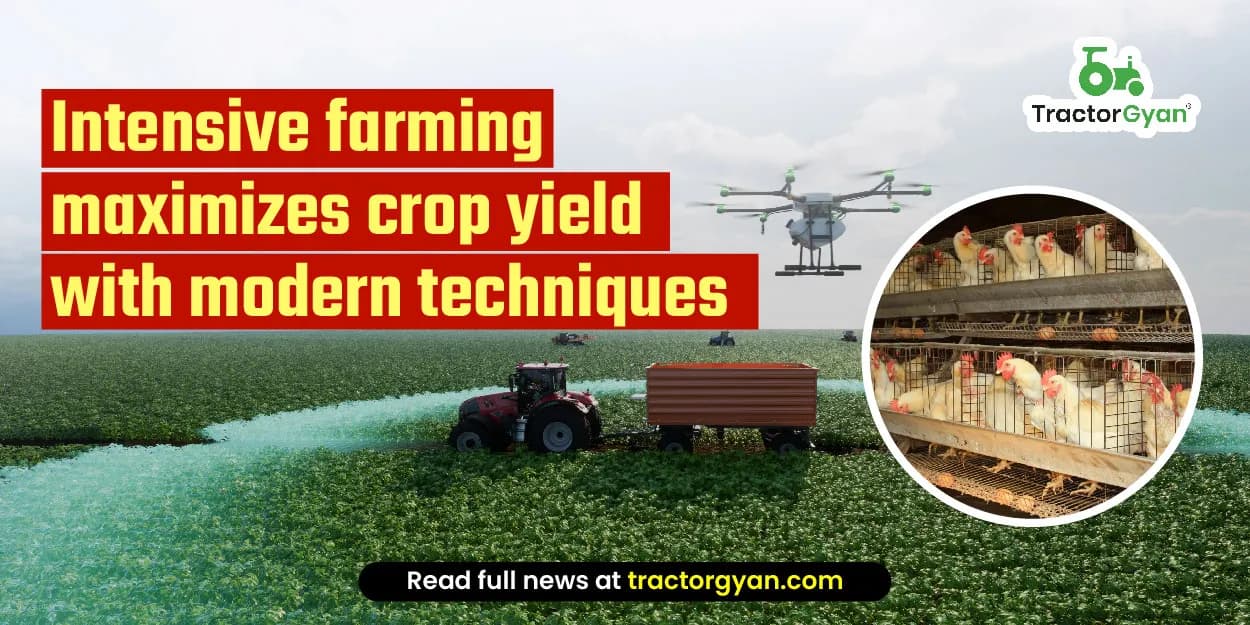



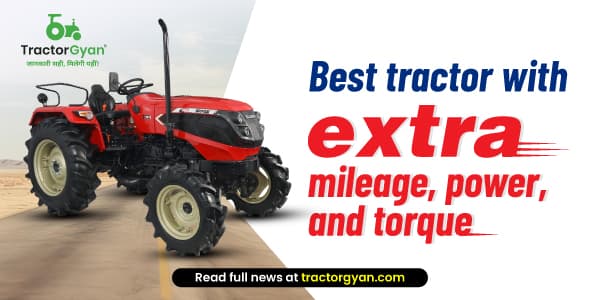
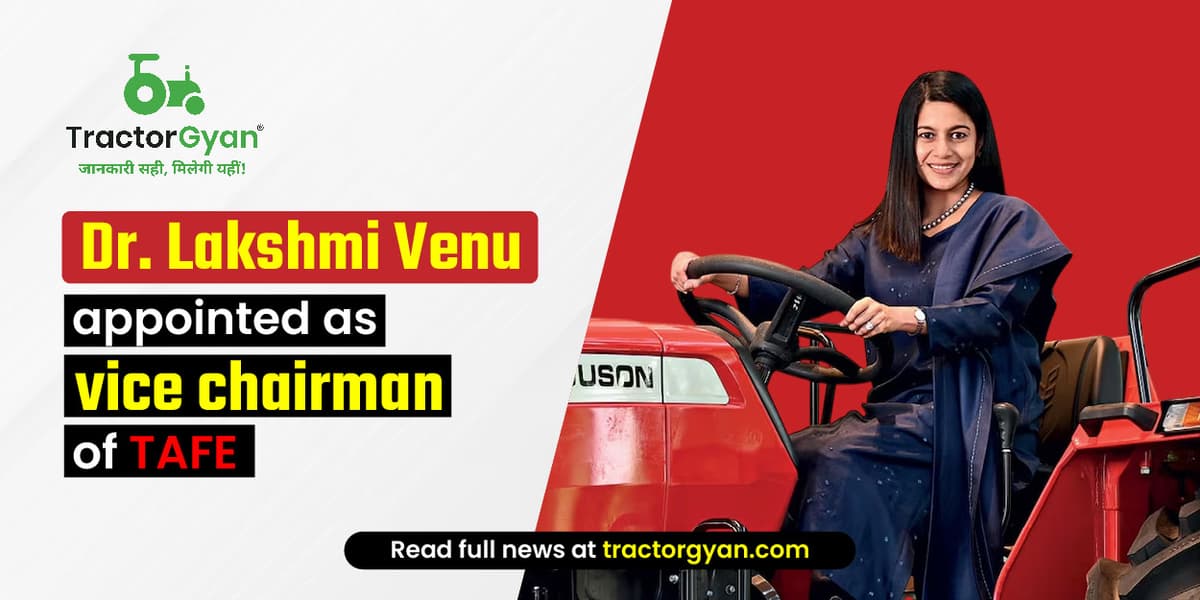

.webp&w=2048&q=75)
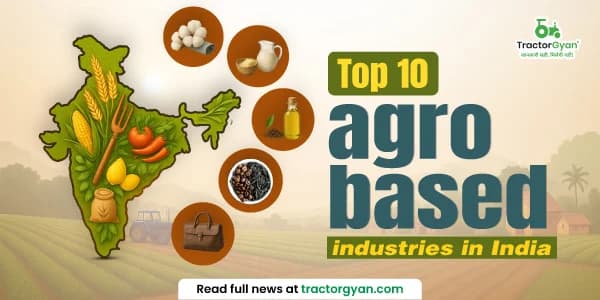
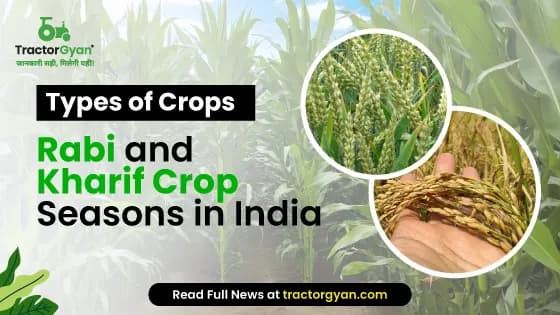
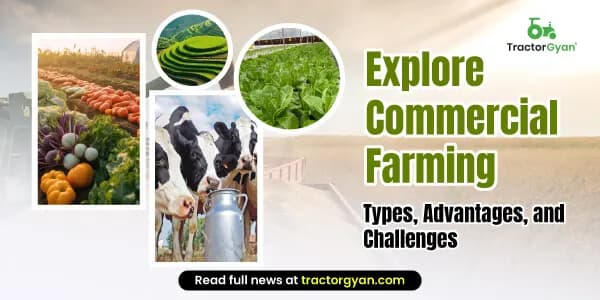
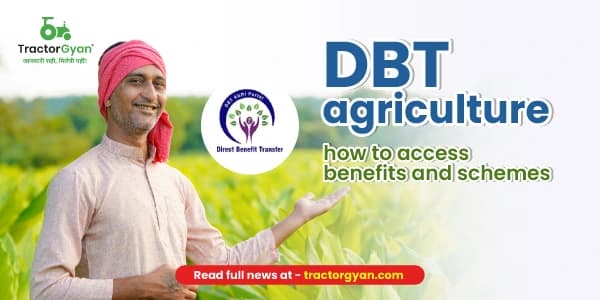
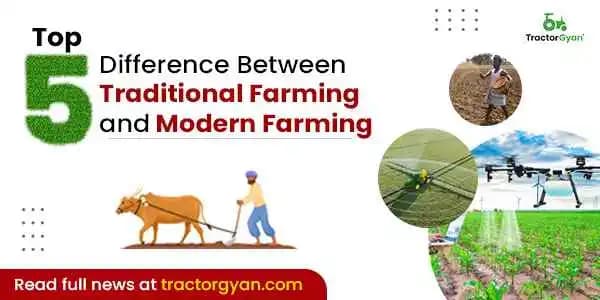
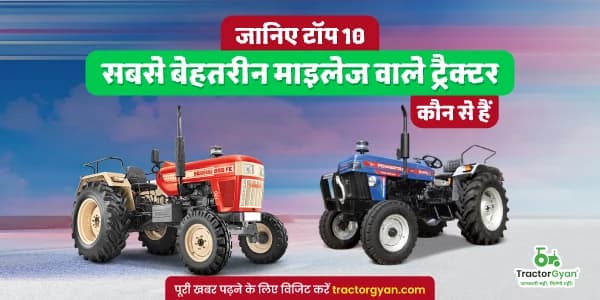
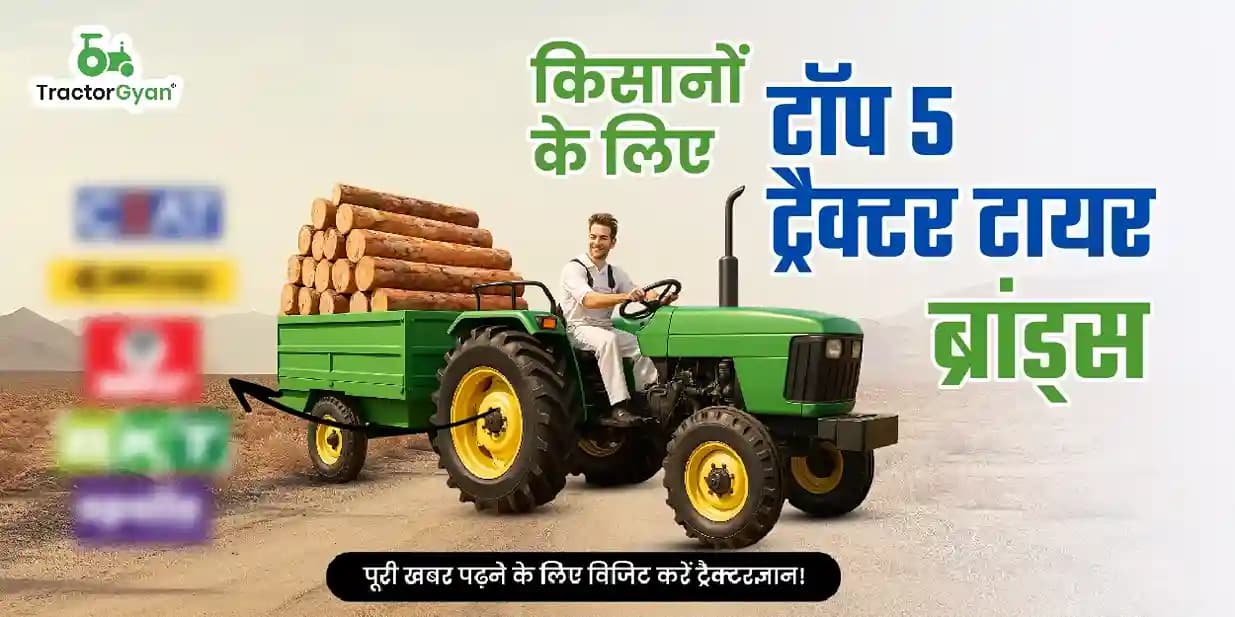

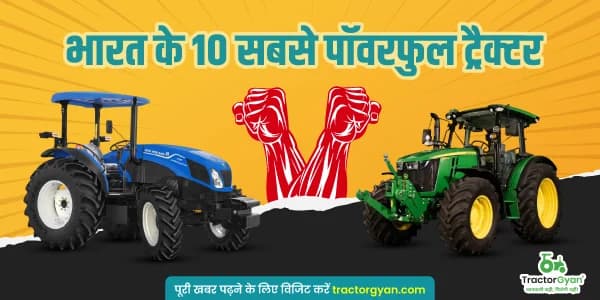
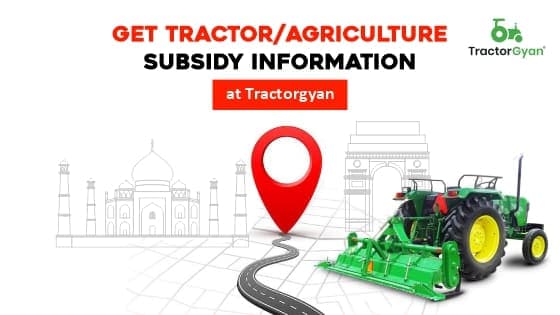
.webp&w=2048&q=75)
.webp&w=2048&q=75)
